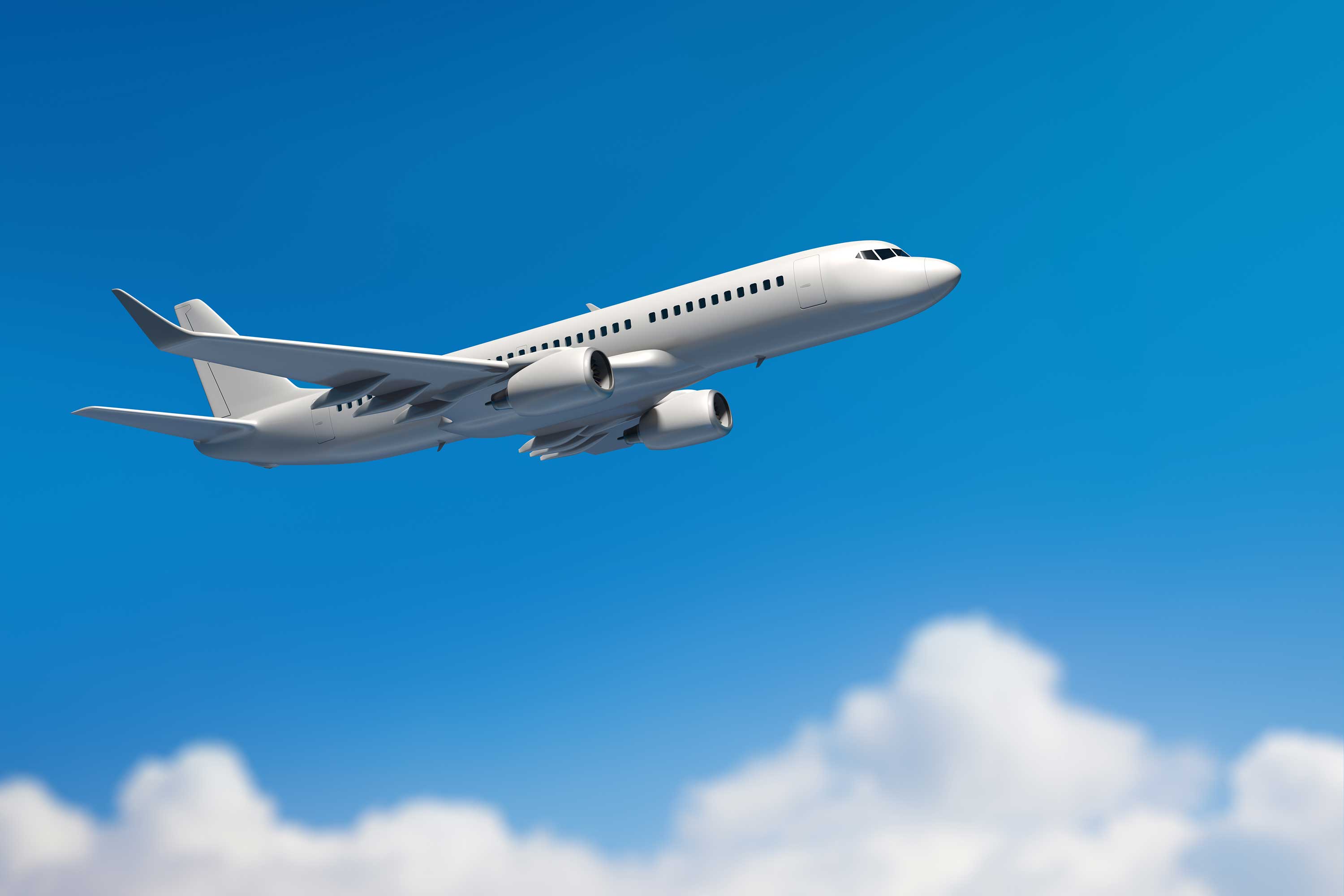
Introduction
Since 1981, the operation of large airplanes that are configured for 6,000 lbs. or more of payload capacity or 20 or more passenger seats has been governed by Part 125 of the Federal Aviation Regulations (FARs). The Federal Aviation Administration (FAA) published Part 125 in an effort to establish a uniform set of certification and operational rules for these airplanes, often referred to as “Part 125 size airplanes”. Part 125 applies when these airplanes are being used for any purpose other than common carriage. Prior to the establishment of Part 125, these airplanes operated under Part 91. Through the establishment of Part 125, the FAA intended to elevate the level of safety applicable to Part 125 size airplanes.
Deviation Authority
When the FAA published Part 125, they built in flexibility by including deviation authority in section 125.3. This allowed businesses to operate Part 125 size airplanes under letters of deviation authority (LODAs) issued by their local FSDO. In most cases, full or blanket LODAs have exempted these business airplanes from all provisions of Part 125 and allowed them to operate under FAR Part 91, Subpart F. In the absence of these LODAs, most businesses operating Part 125 size airplanes would have been required to undertake the burdensome process of obtaining an operating certificate and operating specifications.
Download Advisory Circular 125-1 (PDF)
Current FAA Policy
FAA has implemented a policy that prohibits the issuance of “full” or “blanket” LODAs which allow deviations from all provisions of Part 125. The FAA may issue “partial” deviation authority, meaning that businesses operating Part 125 size airplanes will need to comply with all applicable safety and maintenance requirements under Part 125. The FAA asserts that this policy is required by section 125.3 of the FAR, which states that deviation authority may be granted only from “specified sections” of Part 125.
In July 2006, the FAA issued Notice 8700.46, “Letters of Deviation Authority to Deviate from the Certification and Operations Specification Requirements of Part 125”. The Notice did allow partial deviations for private operations, yet instituted new restrictions which were of concern to NBAA. In particular, NBAA was concerned that the FAA might be taking the position that partial deviation authority from Part 125 does not allow businesses to conduct the types of flights permitted under section 91.501 of the FARs. Examples of operations allowed under 91.501 are: timeshares, interchanges, joint ownership, demonstration flights, and affiliated group cost reimbursement. The FAA defines these operations as commercial because charges or compensation can be allowed. It appeared that the FAA would only allow non-commercial operations to be conducted by operators with partial deviation authority from Part 125.
NBAA met with FAA officials on a number of occasions to discuss the concerns raised by Notice 8700.46. As a result of these meetings, the FAA agreed to revise 8700.46 and reissue a new notice that would, among other things, provide operators of Part 125 size airplanes additional time to comply with the notice.
On December 21, 2006, the FAA issued revised Notice 8000.345 which addresses many of the concerns raised by NBAA. The following key points are discussed in the notice:
- By June 21, 2007, each LODA holder should present a written plan to its FAA office that outlines how the operator will comply with the requirements of each section of Part 125 as listed in the LODA (template A125). If a deviation is requested from specific sections, the operator must describe methods that will be used to ensure an equivalent level of safety is met.
- By March 31, 2008, the operator must be issued the new LODA with authorized deviations. If this timeline cannot be met, the LODA holder must petition for an extension within 30 days of the final March 30 deadline.
- The notice explains that while a LODA may be issued for noncommercial operations, it may also be issued when the operator conducts specific types of compensation operations not involving common carriage. These operations include those allowed under 91.501, such as: timeshares, interchanges, joint ownership, demonstration flights, and affiliated group cost reimbursement.
NBAA encourages operators of Part 125 sized aircraft to review this notice carefully, then meet with their Principal Inspectors early in the process to ensure compliance with above timeline. In addition, an NBAA working group is coordinating with the FAA to develop a list of deviations to Part 125 that will be entered into a national database. This will streamline the process for operators when applying for partial deviations. [FAA Notice 8000.345 is Cancelled]
Part 125/135 Aviation Rulemaking Committee (ARC)
In 2003, the FAA organized an ARC to conduct a wide ranging review of FAR Parts 125 and 135. One of the working groups was charged with determining whether Part 125 should be completely rescinded. After reviewing the types of operations that currently take place under Part 125, the working group determined that it would not be appropriate to place all of these operations under another operating part of the FARs. The working group recommended that Part 125 remain in place and suggested the following modifications:
1. Private operations with Part 125 sized aircraft should be moved to Part 91. To accommodate this, a new subpart would be created under Part 91 with safety improvements designed specifically for large aircraft.
2. Private carriage for hire operations would remain in Part 125 with limitations on the number of contracts and Part 125 certificate requirements for these operations
- Part 125/135 ARC Recommendations (PDF)
- Certification of Commercial Aircraft Operations – Which Rules Apply? by Mark Larsen, NBAA and Gerald Murphy, Crowell & Moring (PDF)


 International Business Aviation Council Ltd.
International Business Aviation Council Ltd.